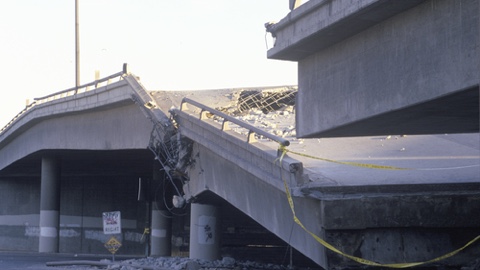
One Concern, a California startup company, is using machine learning and artificial intelligence to advise fire departments about how to plan for and respond to earthquakes. The company uses three main categories of data to create algorithms that can accurately predict earthquake damage. The categories used are:
- data about residential and commercial buildings, such as what materials they’re made of, when they were built, and the likelihood of collapse during a quake;
- data about the natural environment – soil type, elevation, etc; and,
- live instant data – the magnitude of the quake, the traffic in the area of the quake and the weather at the time of the quake.
The system uses this information to make predictions about what would happen if an earthquake occurred in a particular area. It then compares its predictions to past earthquakes and revises its predictive models accordingly – learning as it goes. Predictions are able to be made in a matter of minutes, as the earthquake occurs.
“Those sort of things used to be research projects,” says Gregory Deierlein, an earthquake engineer at Stanford University, who is a consultant for the project.. “After an event, we would collect data and a few years later we’d produce new models.”
Fire chief Dan Ghiorso of the Woodside Fire Protection District near San Francisco states that when earthquakes occur he has to make educated guesses about what parts of his district might have suffered the most damage, and then drive to each place to make a visual inspection.
“Instead of driving thirty-two square miles, in fifteen minutes on a computer I can get a good idea of the concerns,” Ghiorso says. “Instead of me, taking my educated guess, they’re putting science behind it, so I’m very confident.”
